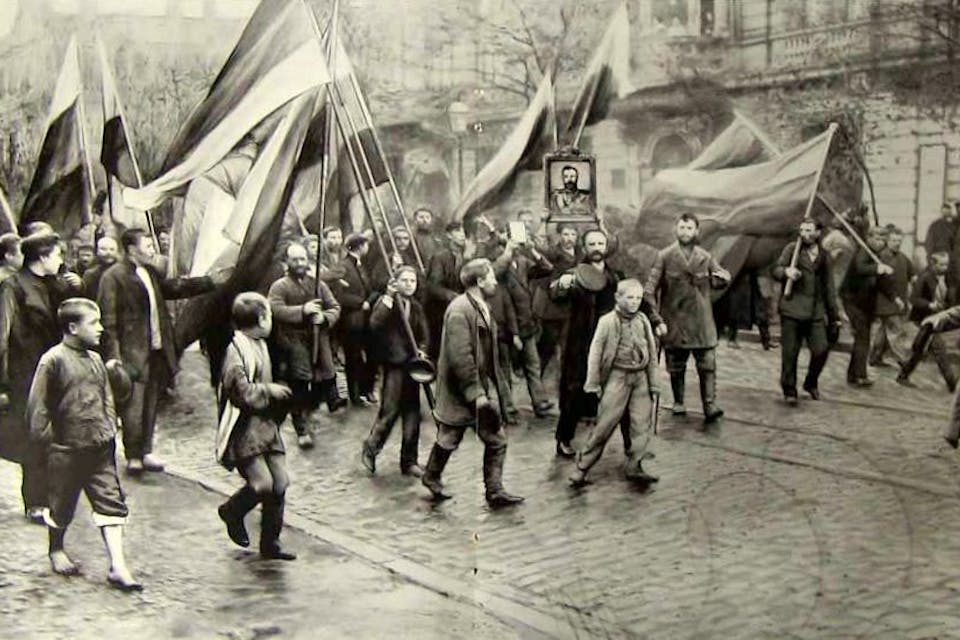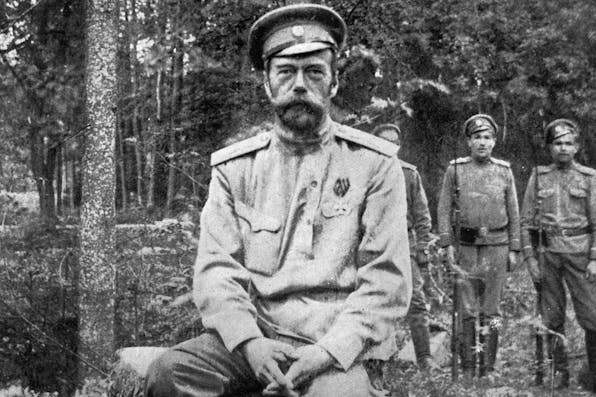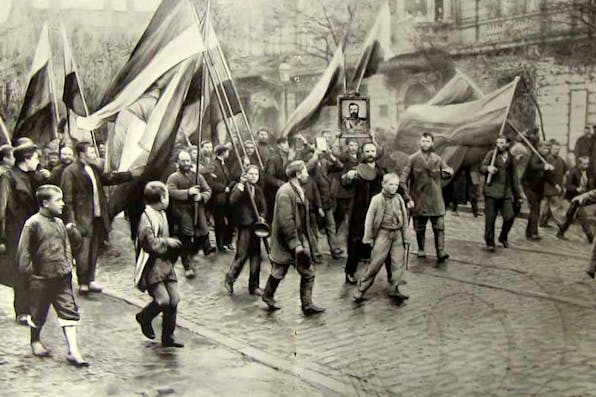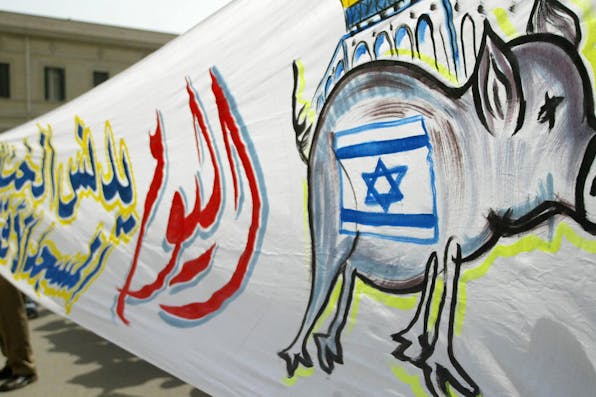
December 18, 2017
How the “Protocols” Emboldened a Notorious Far-Right Russian Party
In the early 1900s, the Protocols encouraged Russia's largest and most influential monarchist party to adopt an even more extreme form of anti-Semitism.
Walter Laqueur’s thesis, stated in the first sentence of his incisive essay in Mosaic, is both disturbing and indisputable: “Turbulent times tend to produce turbulent voices.” As Laqueur also points out, such voices can lead to horrendous behavior on the part of ruthless politicians and their followers. As a prime example, he cites the case of Hitler’s Germany, where the Protocols of the Elders of Zion was distributed in millions of copies and where Jews were systematically subjected to unprecedented humiliation and violence. What is more, he writes, even in democracies like the United States, public figures in diverse walks of life have gained substantial followings by adopting the slogans of the most extreme anti-Semites.
Here I propose to focus not on the German case but on an earlier one that happens to fit within my own area of study: namely, Russia at the turn of the 20th century. There, too, the Jewish question loomed large as widespread turbulence—sparked or aggravated by the earliest edition of the Protocols—brought terrible consequences to Jews in numerous regions of the Russian empire.
Beginning in January 1905, Russia endured revolutionary turmoil so extensive that in 1920 Vladimir Lenin would claim that without the “dress rehearsal” of 1905, it “would have been impossible” for his Bolshevik party to seize power in 1917.
Responses to December ’s Essay

December 2017
How Anti-Semitic Conspiracy Theorists Sustain Their Convictions
By Ben Cohen
December 2017
How the “Protocols” Emboldened a Notorious Far-Right Russian Party
By Abraham Ascher
December 2017
It’s Not So Easy to Distinguish Attitudes toward the Jewish State from Attitudes toward Jews
By Joshua Muravchik